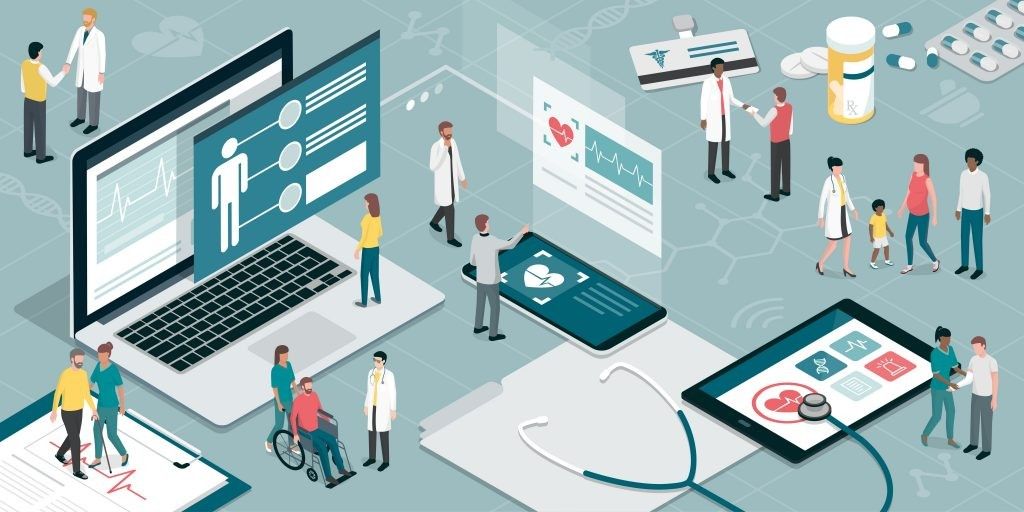Shift Left and Accessibility Testing Tools

Charles Magiera, Accessibility Test Engineer
Shift Left is a term that has been gaining popularity in the software development community. It refers to the practice of moving certain development activities to the left of the software development timeline. This means that the development process begins with a focus on quality, security, and accessibility right from the start, rather than after the code has been written and the software is already in production.
One of the main benefits of Shift Left is that it helps to identify and resolve issues early in the development process, which can lead to a reduction in the cost and time required to fix problems later on. This is particularly important when it comes to accessibility, which is often seen as costly and an afterthought in traditional software development. Companies need to change their mindset, because social access is critical. When the cost of accessibility is being raised, the buying power of 1 in 5 disabled people should be considered
Shift Left and accessibility are two concepts that should be closely related. By adopting a Shift Left approach, software development teams can ensure that accessibility is integrated into the development process from the start, leading to a better user experience for everybody, and a more efficient development process overall.
Accessibility Testing Tools
To ensure that digital products are accessible to everyone, including individuals with visual, auditory, motor, and cognitive impairments, QA engineers and designers use a range of accessibility testing tools. These tools help them identify and fix any barriers that might prevent users from accessing and using the product.
Some of the most common accessibility testing tools are:
Screen Readers: Screen readers are software programs that help individuals with visual impairments access digital content by reading text aloud. QA engineers can use screen reader simulations to test the accessibility of their website or application.
Colour Contrast Analysers: Colour contrast analysers help developers ensure that the contrast between the text and background colour is high enough to be readable for individuals with colour blindness or low vision.
Automated Accessibility Testing Tools: Automated accessibility testing tools scan websites and applications for accessibility issues and provide detailed reports on any barriers found. Examples of automated accessibility testing tools include WAVE, aXe, and Tenon.
Manual Testing: In addition to using automated tools, it's also critical to perform manual testing to identify any barriers that might not be detected by automated tools. This can be done by testing the website or application with assistive technologies, such as screen readers, and by evaluating the accessibility of the product with individuals with disabilities. This is the most important part, as automated accessibility testing can only cover 30% of the accessibility guidelines.
Any testing carried should be done against the WCAG 2.1 (Web Content Accessibility Guidelines 2.1). It is an international standard for web accessibility. It provides guidelines and success criterias for making web content more accessible to individuals with disabilities.
Overall, accessibility testing tools play a critical role in ensuring that digital products are accessible to everyone, regardless of their abilities. By combining a Shift Left approach and Accessibility testing, developers, testers and designers can create inclusive digital products that are usable and accessible to all.